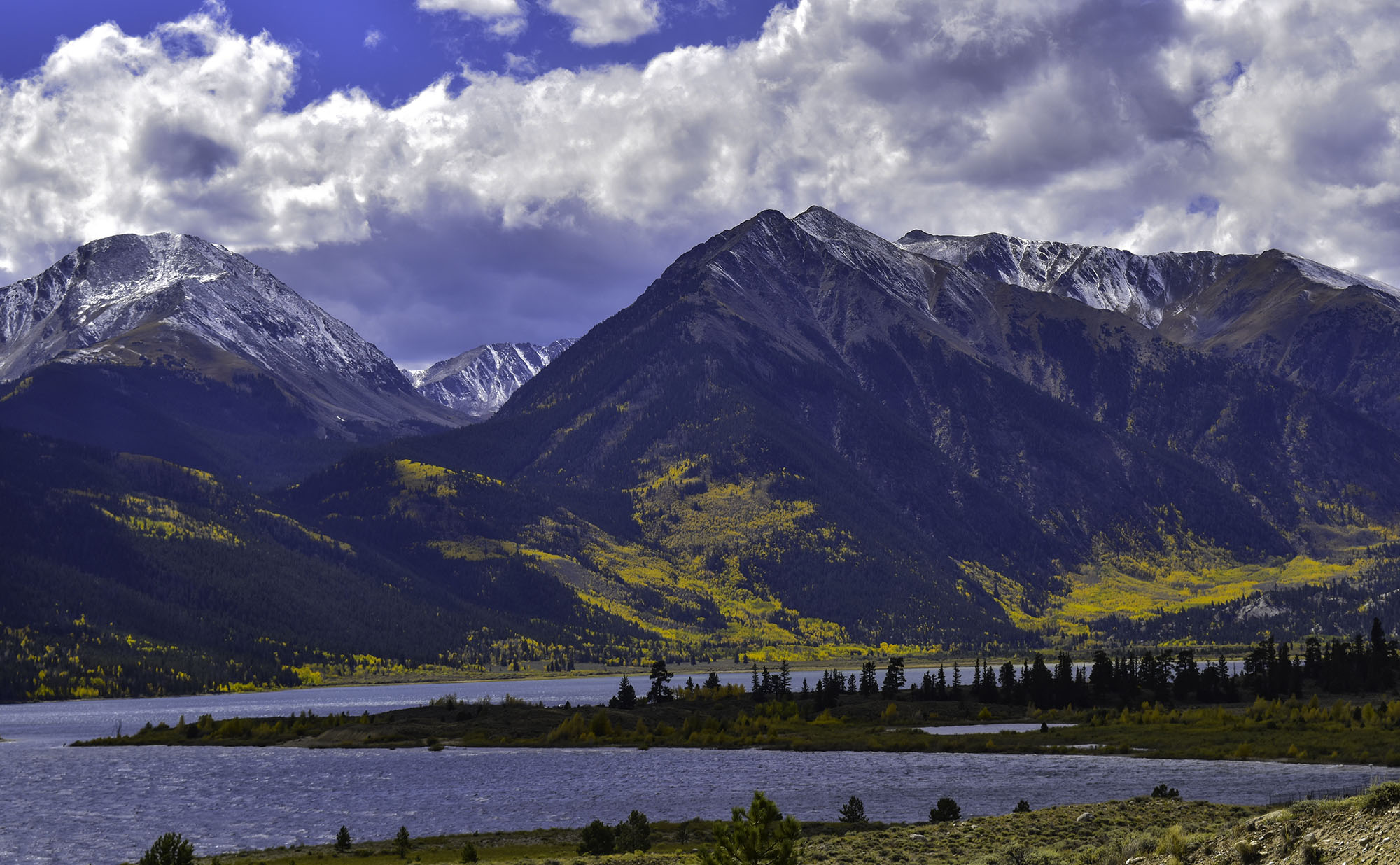Aurora is attempting to acquire Arkansas River Basin water and export it out of the basin in violation of a landmark legal agreement, according to a statement issued by the Southeastern Colorado Water Conservancy District.
At an April 9 meeting of the Southeastern District’s board of directors, Marshall Brown, general manager of Aurora Water, revealed that Aurora intends to spend $80.4 million to buy an Otero County farming operation, including the water used to irrigate 4,806 acres, the District.
In response to Brown’s revelations, the Southeastern District’s board of directors unanimously passed a resolution condemning Aurora’s plans as a violation of a 2003 intergovernmental agreement (IGA) between the two entities.
At its April 11 meeting, the Upper Arkansas Water Conservancy District board of directors weighed in, calling for a resolution supporting the Southeastern District’s position.
The 2003 IGA averted “substantial litigation” from multiple water providers, including the Upper Ark District, and allowed Aurora to use Fryingpan-Arkansas Project infrastructure to export Arkansas Basin water into the South Platte Basin.
The Fry-Ark Project was approved more than 60 years ago by Congress to improve water security for the Arkansas River Basin by importing West Slope water from the headwaters of the Fryingpan River.
In a report to the Upper Ark District board, General Manager Terry Scanga said Aurora needed the 2003 IGA because it had purchased shares of Rocky Ford Ditch water and the only way to deliver that water to Aurora was to use Fry-Ark infrastructure – i.e., Pueblo and Twin Lakes reservoirs.
Aurora’s Rocky Ford water, originally used for agriculture, is downstream from Pueblo Reservoir. When river flows are sufficient, Aurora can “exchange” its water upstream to Pueblo Reservoir.
Scanga said Aurora can then “trade” its Rocky Ford water for Fry-Ark water stored in Twin Lakes. From there, the water is released into the Arkansas River and then diverted at the Otero Pump Station, part of the Homestake Project, a transmountain water project developed by Aurora and Colorado Springs.
To accomplish this, Aurora needed the Southeastern District to approve storage and exchange contracts, Scanga said, which was accomplished by the IGA.
The IGA between Aurora and the Southeastern District became a foundational agreement that allowed Aurora to negotiate IGAs with the Upper Ark District, Colorado Springs Utilities, Pueblo Board of Water Works and other Ark Basin water providers.
The resolution issued by the Southeastern District asserts that the central purpose of the 2003 IGA “is to prevent Aurora from purchasing any additional agricultural water rights and permanently transferring those rights out of the Arkansas River Basin.”
Additionally, the 2003 agreement allows Aurora to lease Ark Basin water in dry years, but only when the city’s reservoirs are less than 60 percent full.
Scanga said Aurora’s proposed interpretation of the IGA would incorporate recent and future additions to storage capacity into the 60% calculation. “I disagree. … It’s a shell game that would allow them to take more water out of the basin.”
The Southeastern District resolution also takes issue with Aurora’s interpretation of the IGA: “The District Board reaffirms its understanding that the storage capacity restriction of the 2003 IGA refers to sixty percent of Aurora’s total storage capacity in existence at the time the IGA was executed in 2003.”
The Southeastern board also believes, “The purchase of additional Arkansas River basin water rights to transfer out of the basin for municipal use in Aurora violates the 2003 IGA, and the Board urges Aurora to refrain from or cease all violations.”
At the April 9 meeting, Southeastern Board President Bill Long told Brown, “We have taxpayers who have been part of the District since 1958. … It was this basin who developed the (Fry-Ark) Project for the people of this basin. We have people asking, ‘Why are we diverting water out of our basin to build houses in Northern Colorado?’”
The Fryingpan-Arkansas Project began to take shape during the Dust Bowl days of the 1930s when the U.S. Bureau of Reclamation started exploring ways to improve water security for southeastern Colorado. President John F. Kennedy’s signature on the Fryingpan-Arkansas Project Act made the Project a reality in 1962.
The Bureau of Reclamation built, owns and operates the Fry-Ark Project, but the Southeastern District, established in 1958, also plays a major management role. It assumed the responsibility to repay $60 million of Project costs and collects a mill levy in parts of nine counties.
Southeastern is also responsible for allocating Fry-Ark water among Arkansas Basin water users. The district’s boundaries extend along the Arkansas River from Buena Vista to Lamar and include lands along Fountain Creek as far north as Colorado Springs.
Editor’s Note: A local journalism hobbyist recently blogged about this news story. The blog post contains factual errors and misquotes water officials.




